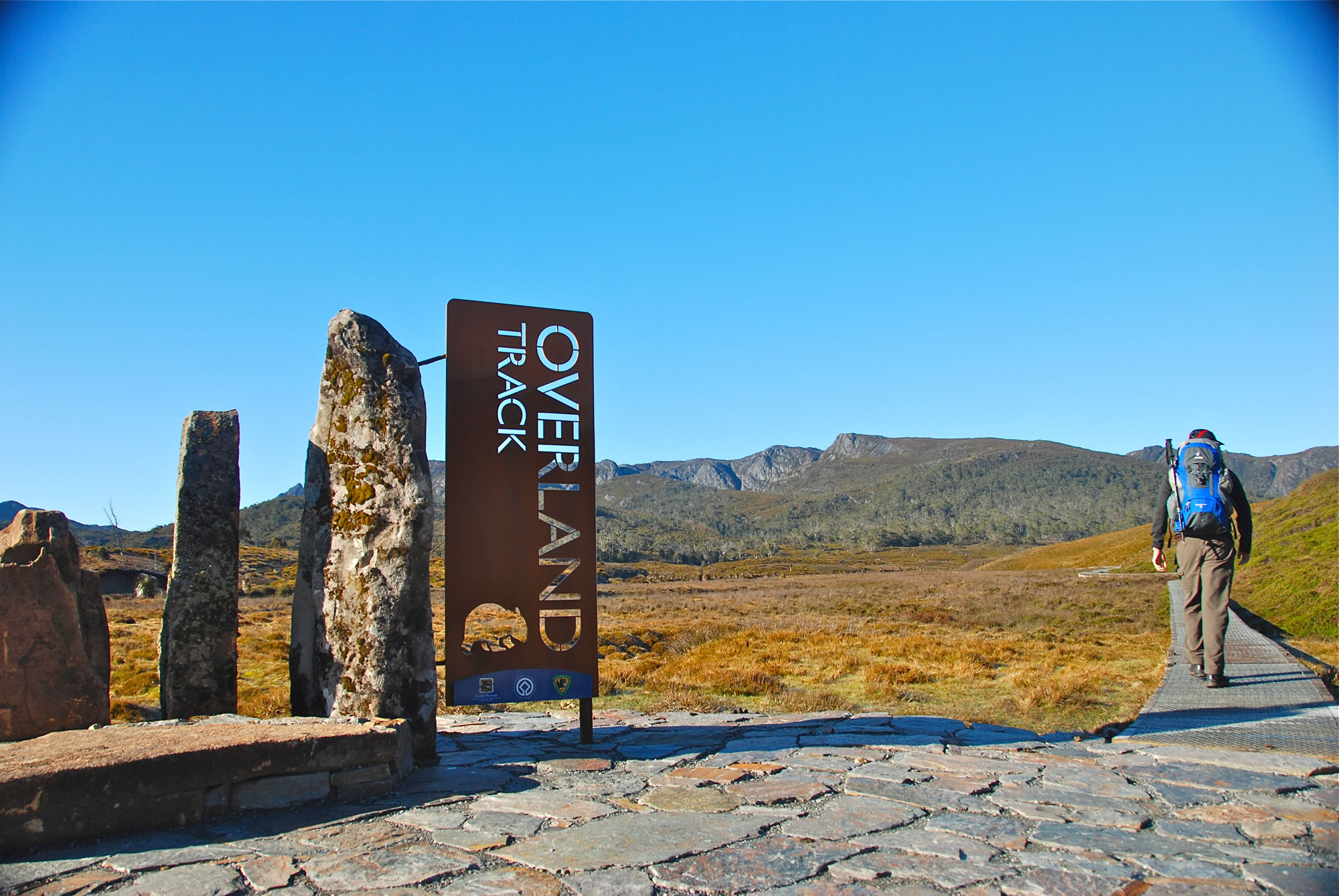AU$2,200 per person |
I am test text for Image with text shortcode. |

AU$2,200 per person |
I am test text for Image with text shortcode. |
Full day of pre-trek introductory lessons and gear advice. Two guides, private transfers to and from the park, park fees, track fees, 5 breakfasts, 7 lunches and 5 dinners. See gear list for what we supply.
The Overland Track is considered Australia’s premier alpine walk. The 65 km, six-day trek is through the heart of the Cradle Mountain-Lake St Clair National Park, which is part of the Tasmanian Wilderness World Heritage Area. The spectacular scenery and camp facilities of the Overland Track have cemented its place not only nationally, but also internationally as one of the great wilderness treks in the world. Beginning at Ronny Creek car park in Cradle Valley near Cradle Mountain, trek through a landscape of spectacular glacially carved valleys, ancient rainforests, fragrant eucalypt forest, golden button grass moorlands and stunning alpine meadows. There are options along the way to take some detours to magnificent waterfalls and mountain peaks, including Mt Ossa (1617m) on day five, which is Tasmania’s highest peak. The walk concludes at Australia’s deepest lake – Lake St Clair (200m).